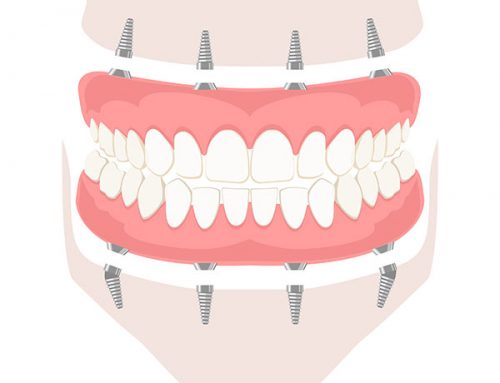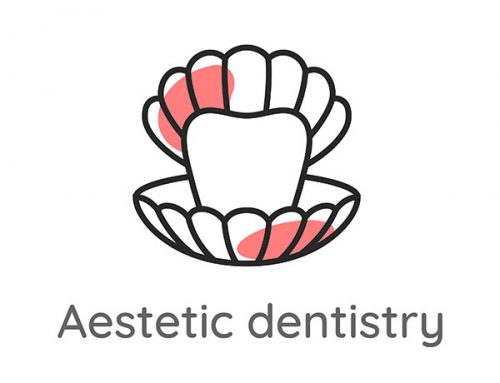A cavity, grinding your teeth and a gum infection are just a few reasons why your teeth may hurt. Learn what to do about it and when to see the dentist.
By Paula Kehoe
Whether it’s mildly annoying or dreadfully painful, a toothache can make it difficult to eat, sleep, concentrate and relax. In some cases, it can be debilitating. But just because it’s common doesn’t mean that you should ignore it.
Poor oral hygiene can affect your quality of life. Bad teeth, tooth pain and dental infections can affect your daily life — from socializing to speaking.
What causes tooth pain?
“Most dental pain is either tooth, gum or neuromuscular related,” says Dr. Ali Khadivi, a Toronto-based maxillofacial prosthodontist and dental oncologist. The location, type and severity of pain often can provide insight into the cause. These clues can help dentists develop a treatment plan for the patient, he says.
Here are seven common causes of tooth pain, according to Dr. Khadivi.
Cavities: An intense, sharp pain or more sensitivity in your tooth may signal that you have a cavity. A cavity happens when tooth decay damages the tooth’s outer coating (enamel) and the inner exposed dentin. They can come from bacteria in your mouth, frequent snacking, drinking sugary drinks, poor brushing and lack of fluoride. While cavities are largely preventable, 96% of Canadian adults have had them.
- Damaged filling: If a filling becomes loose or breaks, it can expose the nerve root in your tooth. Even if the damaged filling isn’t annoying or uncomfortable, getting it replaced can prevent further damage or tooth decay.
- Fractured tooth: A chipped or broken tooth can trigger a shooting pain when you bite down or let go. Often, a fractured tooth can expose the nerve within your tooth, leaving you with severe tooth pain.
- Grinding and clenching: Do you grind your teeth (called bruxism) at night or clench your jaw during the day? This is often due to stress or anxiety. “It can wear down the enamel on the biting surfaces of your teeth. Overtime, this will leave the dentin, which sits beneath your enamel, exposed,” Dr. Khadivi says. This can indirectly trigger hypersensitivity and tenderness around the tops of your teeth and into your gums.
- Infected gums: Your gums can become swollen and red, especially if you have gum disease (also called periodontal disease). You may also notice sensitivity or bleeding when you brush your teeth. Gum pain can run along the base of your teeth and feel sore and achy. “Gum disease can also form areas called ‘pockets’ that become infected,” says Dr. Khadivi.
- Temporomandibular joint disorder (TMD): TMD can result in misaligned chewing, teeth grinding and issues with the mastication muscles. This can contribute to chronic tooth pain and sensitivity.
- Eroding enamel: Enamel is the hard, protective coating of the tooth, which protects the sensitive dentin beneath it. It can erode when you consume acidic foods and drinks. When the enamel wears away, it reveals the dentin underneath. This can lead to pain, tooth stain and sensitivity.
What can happen if you wait to treat tooth pain?
“The longer you wait to treat tooth pain, the more invasive and costly treatments tend to be,” warns Dr. Khadivi. “What started as one filling can turn into five fillings, or you need a root canal or a crown.” He recommends visiting your dentist for an exam, cleaning and preventative dental care every four to six months.
If I can’t reach my dentist, is there a quick remedy for toothache relief?
For a mild toothache, there are short-term remedies if you’re on vacation or not close to your dentist’s office. Dr. Khadivi suggests:
- Rinsing your mouth out with warm saltwater can help ease your pain as it’s an anti-bacterial solution.
- Gently brushing with baking soda or doing a baking soda-salt water rinse. This can help fight the bad bacteria in your mouth.
- Take an over-the-counter pain relief medication, such as ibuprofen or Tylenol, until you’re able to see your dentist. You can also buy a topical anaesthetic to apply where it hurts. However, severe or persistent pain can indicate an issue that requires immediate medical attention.
When is it best to see my dentist?
Dr. Khadivi stresses that at times a toothache is simply that — a toothache. However, he encourages people to visit your dentist whenever they experience tooth pain. Schedule an appointment ASAP with your dentist if you have these warning signs:
- red or bleeding gums
- swollen gums, jaw or face
- severe or persistent pain in your teeth, gums or jaw
- a fever
- white or red patches in your mouth
- pain while biting
- difficulty swallowing or breathing
- bad breath that doesn’t go away
Anytime there’s pain, expect to have a dental x-ray. This can help diagnose damage or disease that is not visible during a clinical dental exam, says Dr. Khadivi. “A large majority of the problem is happening underneath the gum, in the bone and around the root that the dentist needs to see to better evaluate your oral health.”
How do I keep my teeth and gums healthy?
Follow these six oral hygiene tips for a happy and healthy smile:
- See your dentist at least twice a year. This is the best way to keep your teeth healthy and prevent and detect problems before they get worse.
- Brush twice a day and floss once a day.
- Use toothpaste and water that contains fluoride.
- Check your mouth often for warning signs.
- Limit alcohol, and avoid smoking, smokeless tobacco and vaping.
- Eat a well-balanced diet. Good nutrition helps build strong teeth and gums.
Are you looking for a new dentist? Try our Find a provider tool.



